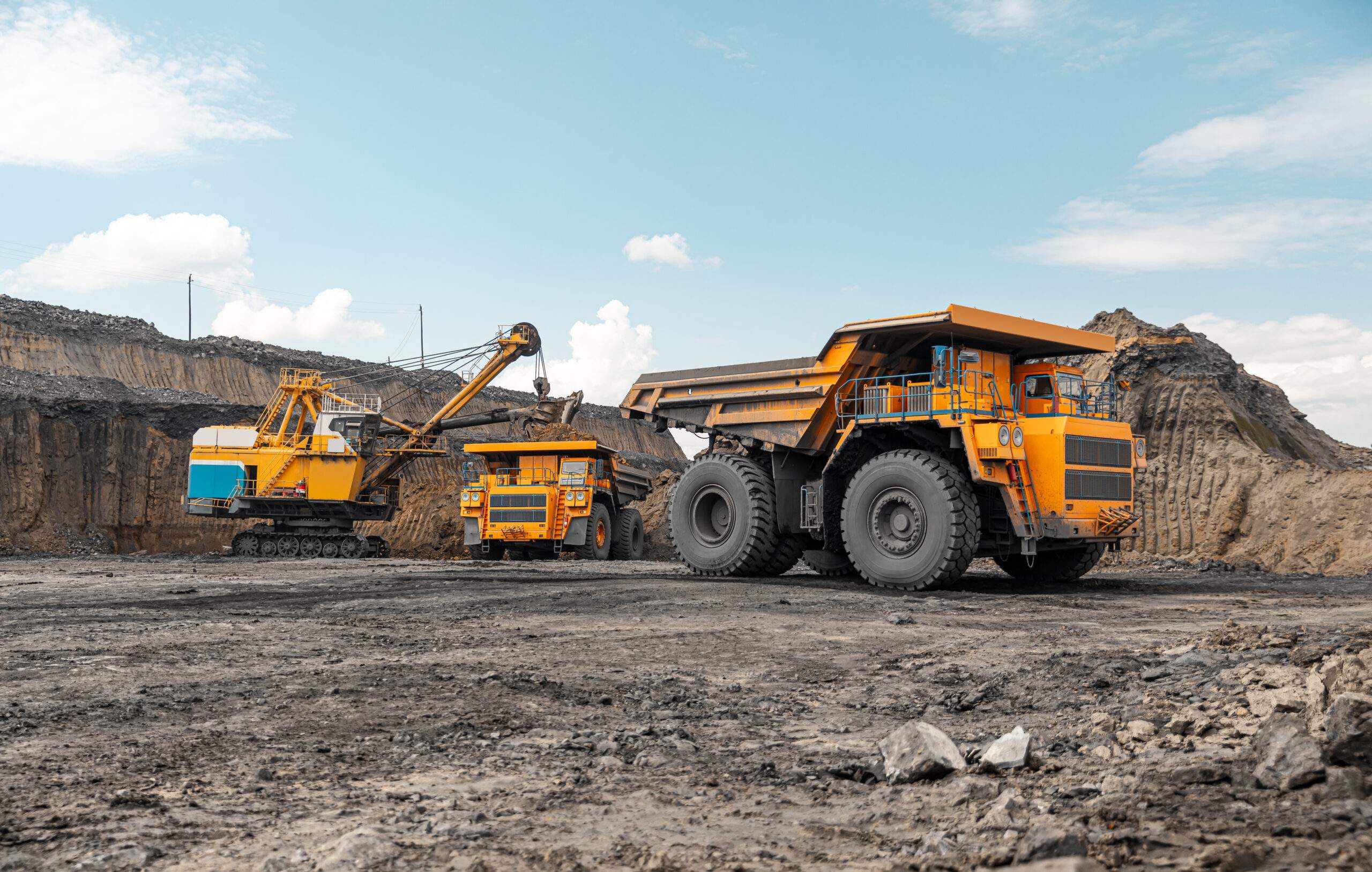World’s mining needs pose a threat to African apes
New research shows industrial mining threatens up to one-third of Africa’s great ape population, Ben writes.
Why it matters: Growing amounts of minerals — like copper, cobalt and nickel — that are used in climate technology bring their own challenges to biodiversity.
- There are data gaps on risks as miners fuel the transition to electric vehicles and low-carbon power.
How it works: The study in Science Advances, which overlays current and potential projects with population densities for chimpanzees, gorillas and bonobos, asserts the threat has been “grossly underestimated.”
- Authors looked at 10-kilometer zones around mining areas in 17 nations, for risks like habitat destruction and noise.
- They also examined 50-kilometer buffers for “indirect” impacts like new roads and infrastructure.
What they found: “Mining areas and their 10- and 50-km buffers overlapped with 3 and 34% of the total ape population in Africa, respectively,” the authors wrote.
- However, most of these are exploration areas, which may or may not become operational mines.
The big picture: Analysts project expanded mining on several continents.
- For instance, the International Energy Agency projects copper demand for “clean” energy to more than double from 2022-2030, while lithium needs rise even faster.
Friction point: In most African mining areas, very little ape survey data is available.
- And the study flags a “lack of data sharing by mining projects,” and other experts agree.
What they’re saying: “The industry and governments sometimes that are dependent on that industry, or sort of aligned with it, really don’t give basic information to researchers, or to regulators, or to communities,” Providence College mining expert Thea Riofrancos tells Axios.
- Riofrancos, who wasn’t involved in the study, says this underscores the importance of satellite and spatial mapping tools to provide a clearer picture.
What we’re watching: The paper credits existing government and industry conservation work, but says habitat protection needs better integration with individual nations’ economic plans.
- And companies must better anticipate “indirect” effects across wide areas — such as collisions on roadways and light pollution — during projects’ full life cycles.
Yes, but: Today’s fossil-based systems bring their own habitat harms.
- Data wizard Hannah Ritchie notes that “the energy transition will reduce total material requirements.”
The bottom line: “A shift away from fossil fuels is good for the climate but must be done in a way that does not jeopardize biodiversity,” lead author Jessica Junker said in a statement.
Share this content:














